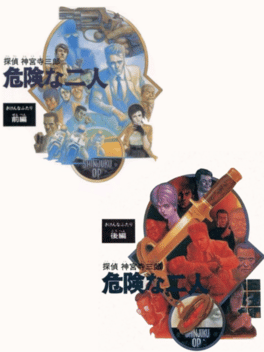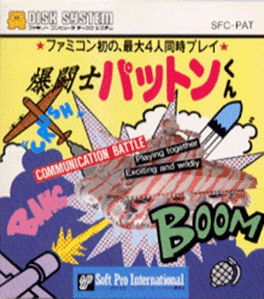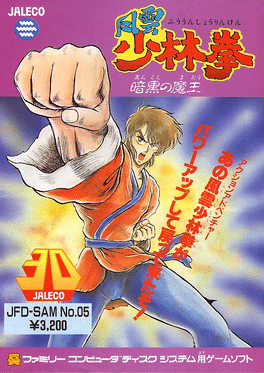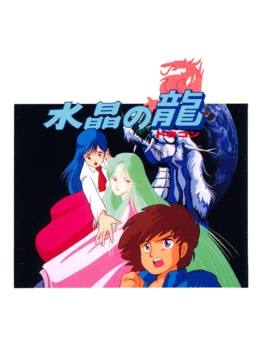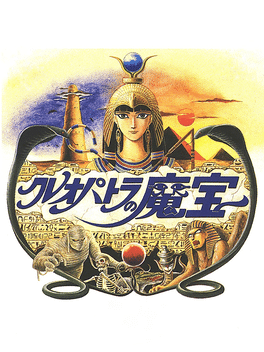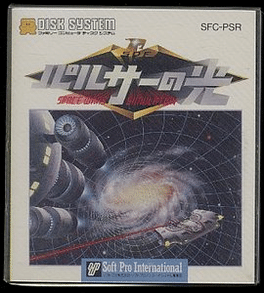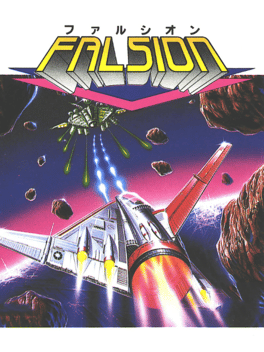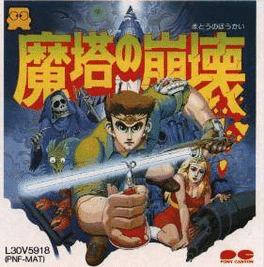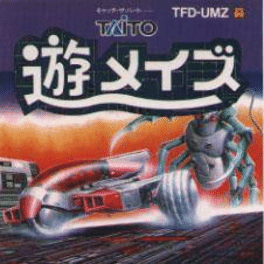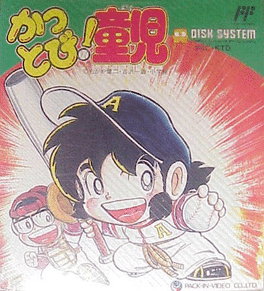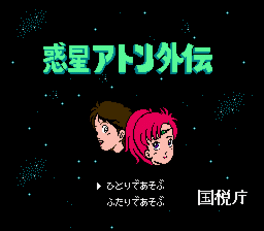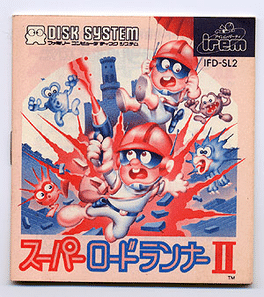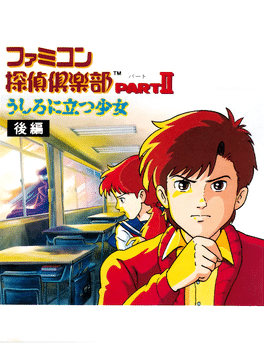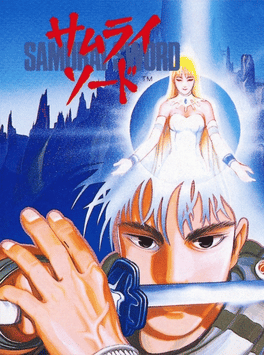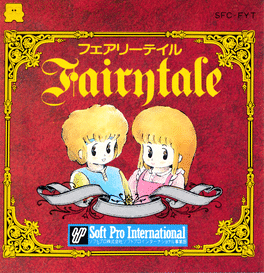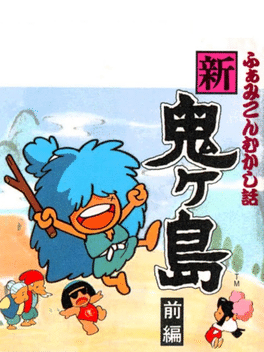Most Popular Family Computer Disk System Games - Page 2
-
Tarot
1988
Tarot
1988
Fortune-telling interactive software that predicts the player's fate with a virtual deck of tarot cards. It was developed and published by Scorpion Soft for the Famicom Disk System in Japan only. -
Tantei Jinguji Saburo: Kiken na Futari
1989
Tantei Jinguuji Saburou: Kiken na Futari is the third game in the Jinguuji Saburo series, known in the West as Jake Hunter. It was originally released across two Famicom Disk System disks, the second of which went on sale several months after the first. The game was eventually localized, as part of the Jake Hunter: Detective Chronicles DS compilation of his early cases, as Jake Hunter: Crash and Burn. In this game Detective Jinguuji Saburo/Jake Hunter must solve the mystery behind a sudden death during a motorcycle race. The intrigue is deepened when the body recovered is actually of a different racer. -
Bakutoushi Patton-Kun
A tank-based arena combat game that doesn't appear to involve General Patton. It was developed for the Famicom Disk System by Soft Pro International. -
Fuuun Shaolin Kyo: Ankoku no Maou
1988
A one-on-one fighting game only released in Japan on April 22nd 1988 for the Famicom Disk System. -
Kaettekita Mario Bros.
1988
Kaettekita Mario Bros. is an updated version of Mario Bros. that was released only in Japan. It had several new features including new levels and the option to save high scores. Excluding ports, this is the last Mario Famicom game. It was co-published by Nagatanien, a food company, and contains in-game advertising. -
Suishou no Dragon
1986
-
Cleopatra no Ma Takara
1987
A graphic adventure/RPG for the Famicom Disk System developed by Square. The goal is to track down Cleopatra's cursed treasure while saving the main character's archeologist father. -
Pulsar no Hikari
1987
Pulsar no Hikari
1987
A strategic space simulation game created by Soft Pro International for the Famicom Disk System in 1987. It was never released outside of Japan. -
Falsion
1987
Falsion
1987
A Konami shoot-em-up depicted from behind the ship on a Z axis, similar to After Burner or Space Harrier, for the Famicom Disk System. It has the distinction of being one of the few games that worked with the Famicom 3D imaging system. -
Matou no Houkai: The Hero of Babel
1988
A 2D action platformer from Carry Lab, published by Pony Canyon for the Famicom Disk System. -
Youmais
1988
-
Kattobi! Warabe Ji
1989
Kattobi! Warabe Ji
1989
A baseball RPG/sim in which baseball games are played via cards in a turn-based system. It was released by Pack-In-Video in Japan exclusively. -
Wakusei Aton Gaiden
1990
Wakusei Aton Gaiden
1990
A vertical-scrolling shoot 'em up produced by Kokuzeichou: the Japanese equivalent of the IRS. Players are given frequent multiple choice questions while playing. -
Super Lode Runner II
1987
Super Lode Runner II
1987
The second compilation of levels from Irem's Lode Runner Arcade series. Developed for the Famicom Disk System, it was never released outside of Japan. Gameplay consists of collecting all the gold of a level and then exiting. Be sure to avoid enemies while doing so, and team up with a friend to experience the co-op levels -
Famicom Tantei Club Part II: Ushiro ni Tatsu Shoujo - Kouhen
1989
As a young detective (whom you name yourself), you work as an assistant for the famous investigator Utsugi. Your first important assignment is to investigate a murder case. A girl named Yoko was found murdered near a central bridge. During the investigation, you discover a strange rumor about a mysterious ghost-like "girl who stands at the back", spread around the school Yoko studied at. Soon the young detective realizes that the case grows more and more complex and that he will need all his wit and talents to find the criminal! This adventure game is dedicated entirely to investigation. You have a menu with various choices (Talk, Investigate, Think), as well as multiple topics to ask the suspects about. You should find clues by questioning people and gathering information, but also by examining areas - in certain places you should move a hand-like cursor over the screen and click on a precise spot to examine it. -
Samurai Sword
1988
Samurai Sword
1988
"When the dark priest Soron threatened to engulf the world in shadow, heroes and wizards alike rose against him. All were defeated. But a lone warrior still stands..." You play the role of a samurai that must destroy the forces of Soron. You find, however, that you cannot defeat him alone, so you must find a light mage who will aid you on your quest, and most importantly, the sacred weapon known as the Samurai Sword. -
Fairytale
1989
Fairytale
1989
A strategy game about a group of children going to battle against an army of pigs that has suddenly appeared near their village. The children and pigs take turns moving around a map before going into semi-real time turn based battles. A cute but surprisingly difficult game and the last of Soft Pro International's releases for the Famicom Disk System. -
Famicom Mukashibanashi: Shin Onigashima - Kouhen
1987
Shin Onigashima is a two disk adventure game released on the Famicom Disk System. Despite being first-party software, it was never released outside of Japan. A two-disk adventure game, Shin Onigashima (or to give it its full title "Famicom Mukashi Banashi: Shin Onigashima", or "Famicom Fairy Tales: New Oni Island" thereabouts) was released in two parts: The first on September 4th 1987 and the second on September 20 1987. This latter part needs a cleared save file from the first part to play, meaning it is functionally an expansion of that game. The game is depicted like other adventure games for the system, such as Portopia or Hokkaido Serial Murders, though with a far gentler fairy tale presentation rather than a gritty crime thriller. The game's story is based on popular centuries-old Japanese folklore, such as the story of Momotaro and tales depicting the demonic Oni and their mischief. The original characters created for this game would be later referenced by future Nintendo products with retrospective elem -
Famicom Mukashibanashi: Shin Onigashima - Zenpen
1987
Shin Onigashima is a two disk adventure game released on the Famicom Disk System. Despite being first-party software, it was never released outside of Japan. A two-disk adventure game, Shin Onigashima (or to give it its full title "Famicom Mukashi Banashi: Shin Onigashima", or "Famicom Fairy Tales: New Oni Island" thereabouts) was released in two parts: The first on September 4th 1987 and the second on September 20 1987. The Game stops halfway through the story. The game is depicted like other adventure games for the system, such as Portopia or Hokkaido Serial Murders, though with a far gentler fairy tale presentation rather than a gritty crime thriller. The game's story is based on popular centuries-old Japanese folklore, such as the story of Momotaro and tales depicting the demonic Oni and their mischief. The original characters created for this game would be later referenced by future Nintendo products with retrospective elements, such as Captain Rainbow or the Super Smash Bros series (SSB Brawl even had a re -
Famicom Tantei Club Part II: Ushiro ni Tatsu Shoujo - Zenpen
1989
Famicom Tantei Club Part II: Ushiro ni Tatsu Shoujo (also known as Famicom Detective Club: The Girl in Back) is the second game in the Famicom Tantei Club franchise. It is a prequel to the first game, Famicom Tantei Club: Kieta Koukeisha. The game was originally released on two discs for the Famicom Disk System, the first disc released on May 23, 1989 and the second disc on June 30, 1989. The game was later redistributed as a Super Famicom game (with improved graphics and sound, added gameplay mechanics, and other minor changes) through Nintendo Power on April 1, 1998. On August 10, 2004, the game was released under the Famicom Mini Series for the Game Boy Advance (the Famicom Disk System version). The Super Famicom version was also released for the Virtual Console on April 30, 2008. Famicom Tantei Club Part II was developed by Nintendo R&D1 and published by Nintendo.

